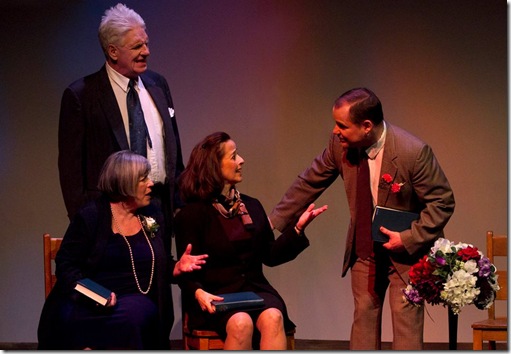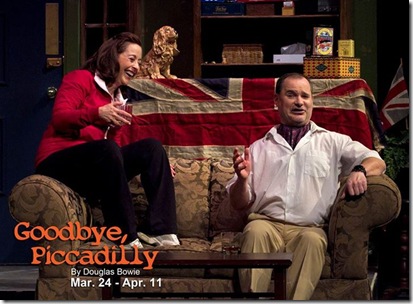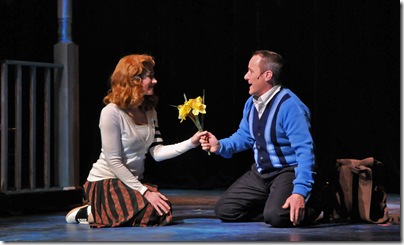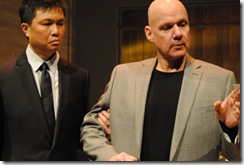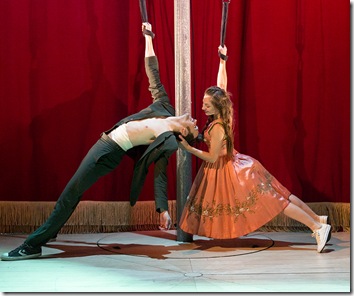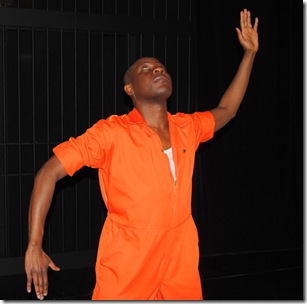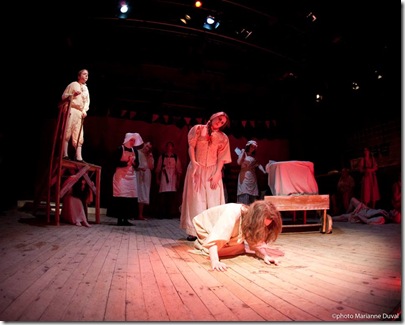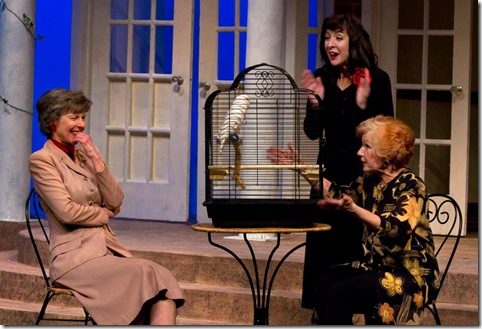Good-bye Picadilly : Beautiful singing throughout cannot rescue this script completely.
Photo: Maria Vartanova
The familiarity of the songs Vera Lynn made famous during World War II settles an audience into a comfort zone as the show begins.
Attractively presented by Arlene Watson in the Ottawa Little Theatre production of Goodbye Piccadilly by Douglas Bowie, all is well with the world through such numbers as We’ll Meet Again until the pianist runs off mid-song — a situation that is not explained until late in the show.
A family drama/comedy/borderline farce about the awkward connection between two families, Goodbye Piccadilly is styled in short sequences that are a constant reminder of the playwright’s background in screenwriting.
Strong direction by Sarah Hearn and some good performances from the five-member cast do much to overcome the slowness of scene changes and the difficulty of suspending belief long enough to accept the premise or the unlikely resolution of the play. Such moments as the angry hymn sing-off between Bobbie and young Cecil are very funny and Watson’s beautiful singing throughout the show would give any script a lift, but can’t rescue it completely.
